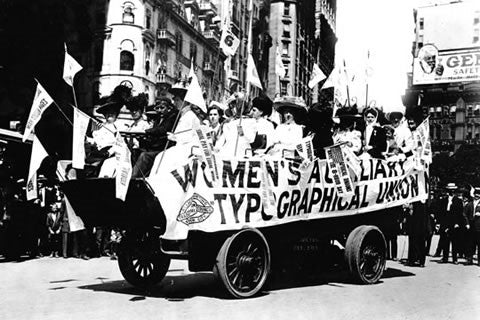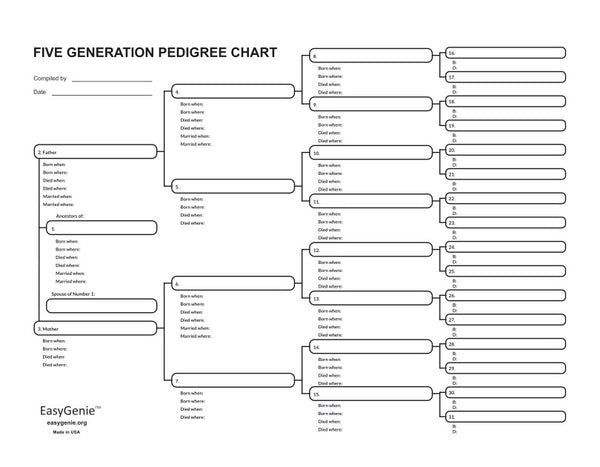
A brief history of Labor Day in the U.S.A. (including archival photos)
Ian LamontDo you have ancestors who worked in a factory or belonged to a union? If so, Labor Day was more than a lazy long weekend marking the end of summer. As described by one early American proponent, Labor Day was a "general holiday for the laboring classes" to honor those "who from rude nature have delved and carved all the grandeur we behold."
Labor Day parades were common in cities. They included all kinds of workers, including New York theater and stage professionals, as shown in this 1981 photo from the Library of Congress archives.

The holiday, informal at first but later signed in to law by local states and then at the federal level in both the United States and Canada, arose in the 1880s.

There was growing sentiment that workers - whether skilled tradesmen or the millions of workers in stockyards, mines, assembly lines, and transportation centers - were neither treated fairly nor with respect:
“Many workers labored ten or more hours per day, six days per week. Unsafe machines presented a threat to workers' health and safety, but courts consistently ruled that a worker accepted the risks of any job he accepted. … Many migrants from rural America and immigrants from overseas took these unskilled positions, and naturally came to resent many employers' increasingly aggressive labor management practices.”
Abuses were common. This 1908 photo, from a Whitnel, North Carolina cotton mill, shows the female children from a single family, ranging in age from 10 to 20. They were paid $1 per day:

The Department of Labor website has a lively account of the first ad-hoc Labor Day celebration in Manhattan on September 5, 1882 (the date was apparently chosen because it was roughly between July 4 and Thanksgiving). Organizers wanted to have a parade, but police with clubs formed near the gathering spot.
Fortunately, a band was on hand, thanks to the Jewelers Union of Newark Two. They saved the day:
"Just after 10 a.m., the marching jewelers turned onto lower Broadway — they were playing "When I First Put This Uniform On," from Patience, an opera by Gilbert and Sullivan. The police escort then took its place in the street. When the jewelers marched past, [the other unions] followed in behind. Then, spectators began to join … Final reports of the total number of marchers ranged from 10,000 to 20,000 men and women."
Here's the song, performed in Austin in the early 2010s:
Over the next 10 years, unions in other parts of the country began to organize their own celebrations, supported by elected officials at the municipal and state level. In 1894, President Grover Cleveland designated the first Monday in September of each year a national holiday. It didn’t solve the many problems experienced by workers, but it helped elevate them to a position of respect in society that they did not have before.

Labor Day vs. May Day
Why not celebrate Labor Day on May 1, like many other countries have done for centuries? There was long-standing resistance to May Day observances in North America, dating from early colonial times. Authorities in the U.S. - and their Gilded Age corporate allies - likely wanted to avoid any opportunities for international solidarity among the working classes.







